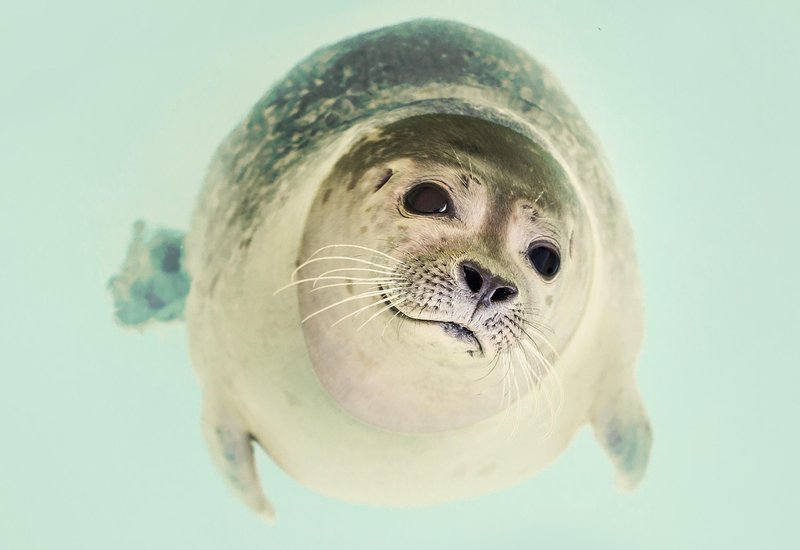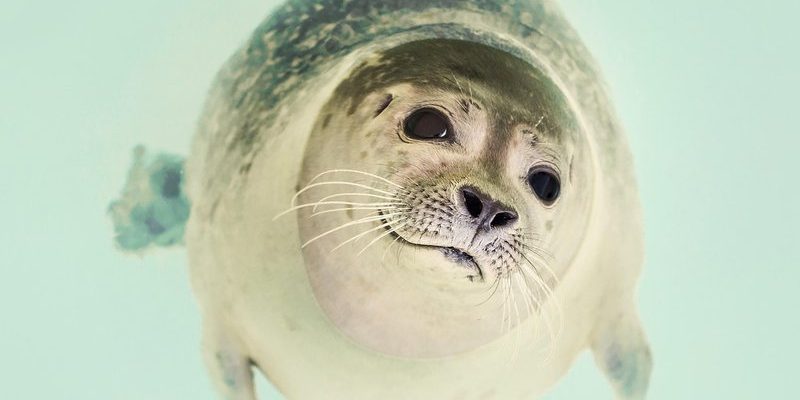
You might be wondering how a furry animal can impact the vastness of the ocean. Well, let me explain. Seals are both predators and prey. They influence fish populations while also providing meals for larger predators, like sharks and orcas. This dynamic relationship creates a complex web of interactions that sustain the health of marine ecosystems. So, grab a cup of coffee, and let’s dive deeper into the fascinating role seals play in their watery world!
Seals: The Marine Predators
Seals are skilled hunters, and their diet primarily consists of fish, squid, and crustaceans. By preying on these creatures, they help regulate their populations. This is vital because if certain fish species were to overpopulate, they could exhaust their food resources, leading to an imbalance in the ecosystem.
For example, when seals feast on fish like herring or sardines, they keep those populations in check. This, in turn, allows other marine life to thrive. Imagine a dinner table—if one dish takes over, it can crowd out others and ruin the meal. Just like that, seals help ensure a balanced menu in the ocean.
Moreover, seals possess remarkable hunting abilities. They can dive deep and hold their breath for extended periods, allowing them to reach prey that might be out of reach for other predators. This adaptability not only benefits seals but also contributes to the overall health of the marine community.
Seals as Prey: Supporting Larger Predators
While seals are excellent hunters, they also serve as a crucial food source for larger marine predators. Sharks, orcas, and even some types of large birds depend on seals to survive. This predator-prey relationship is another key part of the ocean’s balance.
Think of it as a tug of war between various species. When seals are abundant, they support the populations of their predators. But if seals were to decline, it could create ripples throughout the food web, potentially leading to the decline of larger predators as well. It’s a delicate dance, and seals are a significant part of the choreography.
The loss of seals could, for example, lead to an increase in certain fish species that seals typically eat. This could then affect the underwater plant life and the overall health of the ecosystem. So, seals are more than just cute—they’re critical to the survival of many other species.
Seals and Their Role in Nutrient Recycling
Seals also play a role in nutrient cycling in marine ecosystems. When seals eat, they excrete waste that is rich in nutrients. This waste acts as fertilizer for marine plants and other organisms. Just like how compost enriches garden soil, seal waste helps support the growth of phytoplankton and other vital underwater plants.
Phytoplankton are crucial for ocean health. They absorb carbon dioxide and produce oxygen, making the water cleaner and providing food for many marine species. So, every time a seal takes a dive and later surfaces, it contributes to a chain reaction that supports life in the ocean.
Additionally, dead seals can also be a source of nutrients. When a seal dies, its body provides food for scavengers, including crabs, fish, and even sea birds. This means that seals are not just beneficial when they are alive; their presence continues to support marine life even after they pass away.
Seals and Biodiversity: A Keystone Species
Seals are often considered a “keystone species” in their ecosystems. This means their presence significantly affects the structure of the marine community. When seals thrive, they help maintain the biodiversity of their environment.
Biodiversity is essential for a resilient ecosystem. A diverse marine community can better withstand changes and challenges, such as climate change or pollution. Seals contribute to this diversity by controlling fish populations and providing food for larger predators.
Just as a well-rounded diet supports a healthy human body, a diverse ecosystem nourishes the ocean’s health. Without seals, the balance could tip, leading to fewer species and a less resilient marine environment.
The Impact of Climate Change on Seals
Unfortunately, seals face numerous challenges today, primarily due to climate change. As ocean temperatures rise and ice caps melt, seals like the harp and ringed seals—who rely on sea ice for breeding—are particularly affected. This loss of habitat not only threatens their populations but also the ecosystems they support.
Rising temperatures can lead to a decrease in the populations of fish and other marine life that seals rely on. As their food sources dwindle, seals may struggle to survive, which would have a domino effect on the entire marine ecosystem.
Moreover, climate change can alter migration patterns for seals and their prey. This unpredictability can make it harder for seals to find food and suitable breeding grounds, creating a ripple effect that impacts many marine species.
Conservation Efforts for Seals
Protecting seals is crucial for maintaining healthy marine ecosystems. Fortunately, various conservation efforts exist to safeguard these fascinating animals. Many organizations work tirelessly to monitor seal populations, protect their habitats, and educate the public about their importance.
For instance, marine protected areas (MPAs) are designated spaces where human activity is limited, allowing ecosystems to thrive. These areas can provide safe breeding grounds for seals, ensuring their populations remain stable.
Community involvement also plays a significant role. Many local organizations promote responsible wildlife watching and clean-up efforts to reduce pollution in marine environments. When people understand the impact of their actions, they can help create a healthier habitat for seals and other marine life.
Seals are more than just playful inhabitants of the ocean; they are vital players in the elaborate dance of marine ecosystems. From their roles as hunters and prey to their impact on nutrient cycling and biodiversity, seals contribute to the health and stability of the ocean.
As we face environmental challenges, it’s important to recognize the interconnectedness of all marine life. Caring for seals means caring for the entire ocean ecosystem. By supporting conservation efforts and spreading awareness, we can help ensure that these remarkable animals continue to thrive for generations to come. So, next time you see a seal, remember—it’s not just a cute face; it’s a crucial part of the ocean’s health and harmony.

